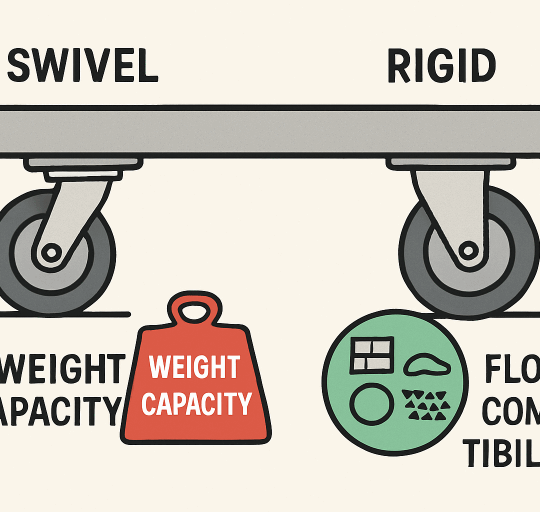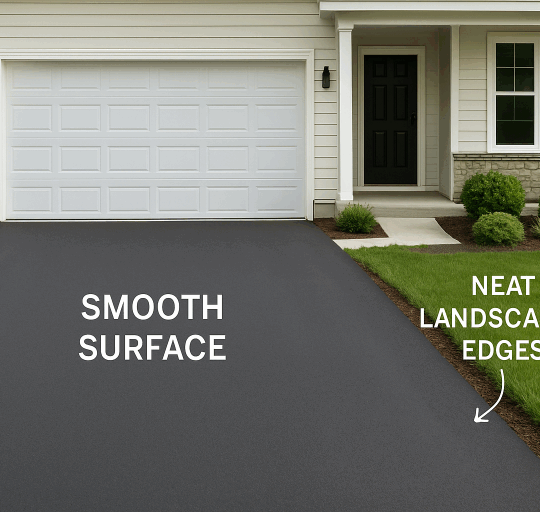Key Takeaways:
- Learn if ceramic coating is suitable for dented or rusty vehicles.
- Understand the preparations needed for successful application.
- Discover whether ceramic coating is a cost-effective solution for you.
Table of Contents
Introduction
Car enthusiasts often wonder about the effectiveness of ceramic coatings on less-than-perfect vehicles. Applying a ceramic coating can seem like a magical solution, whether aiming for a glossy finish or protecting your car’s exterior. However, if your vehicle has imperfections like dents or rust, you might question whether this luxurious treatment is worth it. Understanding the process and outcome becomes crucial when exploring options such as ceramic coating for cars in Gulfport, MS.
Ceramic coating is widely praised for its capabilities in protecting and enhancing vehicle paintwork. But does it work as effectively on compromised surfaces? By diving into this experiment, we aim to uncover the possibilities and limitations of applying ceramic coating to vehicles that are not in perfect condition.
Purpose of Ceramic Coating
Ceramic coatings are a robust protective layer that protects your car against environmental contaminants like UV rays, grime, and water spots. Their appeal lies in their ability to create a hydrophobic layer, ensuring that water and dirt don’t stick to the surface, making it easier to maintain. They also provide a sleek, glossy finish that many car owners desire.
Challenges with Dents and Rust
Before applying a ceramic coating, it’s important to assess the overall condition of your vehicle’s exterior to ensure optimal results. Vehicles with dents and rust pose a unique challenge regarding automotive ceramic coating near me. Dents disrupt the smooth surface required for an effective coating application. Furthermore, rust can spread beneath the ceramic layer, potentially causing long-term damage that the coating won’t prevent. Professional preparation, including rust treatment, is often required to ensure the surface is ready for coating, which may increase costs and preparation time.
The Preparation Process
Preparation is crucial before considering a ceramic coating for a vehicle with imperfections. A professional technician should fix dents to ensure the car’s surface is as smooth as possible. Rust removal is another critical step. Using rust inhibitors and converting agents can halt corrosion spread, ensuring a stable base for the coating. This preparation not only enhances the effectiveness of the ceramic layer but also prolongs its lifespan.
Preparation Steps
- Inspect the car thoroughly for all visible dents and rust patches.
- Repair dents using a professional auto body technician.
- Apply rust convertors or conduct rust removal processes.
- Clean and polish the surfaces to ensure a smooth, clean base.
- Proceed with the ceramic coating application.
Application of Ceramic Coating
Once the vehicle surface is prepared, the next step is to apply the ceramic coating itself. Many choose to hire professionals because of their product and installation expertise. The coating is layered carefully to ensure full coverage, which can take several hours to cure properly. This attention to detail leads to the remarkable effects of a ceramic coating—offering an attractive sheen and protection.
Evaluating the Results
Post-application, individuals often notice an immediate difference in gloss and water repellency. However, the protective qualities of the coating truly come to the forefront over time. Vehicles that were once plagued with minor imperfections can appear dramatically improved, though it’s essential to recognize the limitations: a ceramic coating isn’t a cure-all for cosmetic operations but rather a preventive and aesthetic enhancement for surfaces that have been adequately prepared.
Cost-Effectiveness and Efficiency
The question of cost-effectiveness largely depends on the intent behind the ceramic coating. The initial investment can be worthwhile for those seeking long-term preservation and improved appearance. The reduced necessity for regular waxing and polishing can bring about future savings. However, it may be more prudent to consider alternative protective measures alongside ceramic coatings for deeply rusted or severely damaged vehicles, especially after factoring in the preparation cost.

While applying ceramic coating to a car with dents and rust presents challenges, it can still be viable if the right preparations are undertaken. While not a singular solution, it adds an impressive shine and layer of protection that enhances the look and longevity of a vehicle’s exterior. When exploring options like automotive ceramic coating solutions, acknowledging a vehicle’s condition and investing in comprehensive preparation can reveal its true potential.







